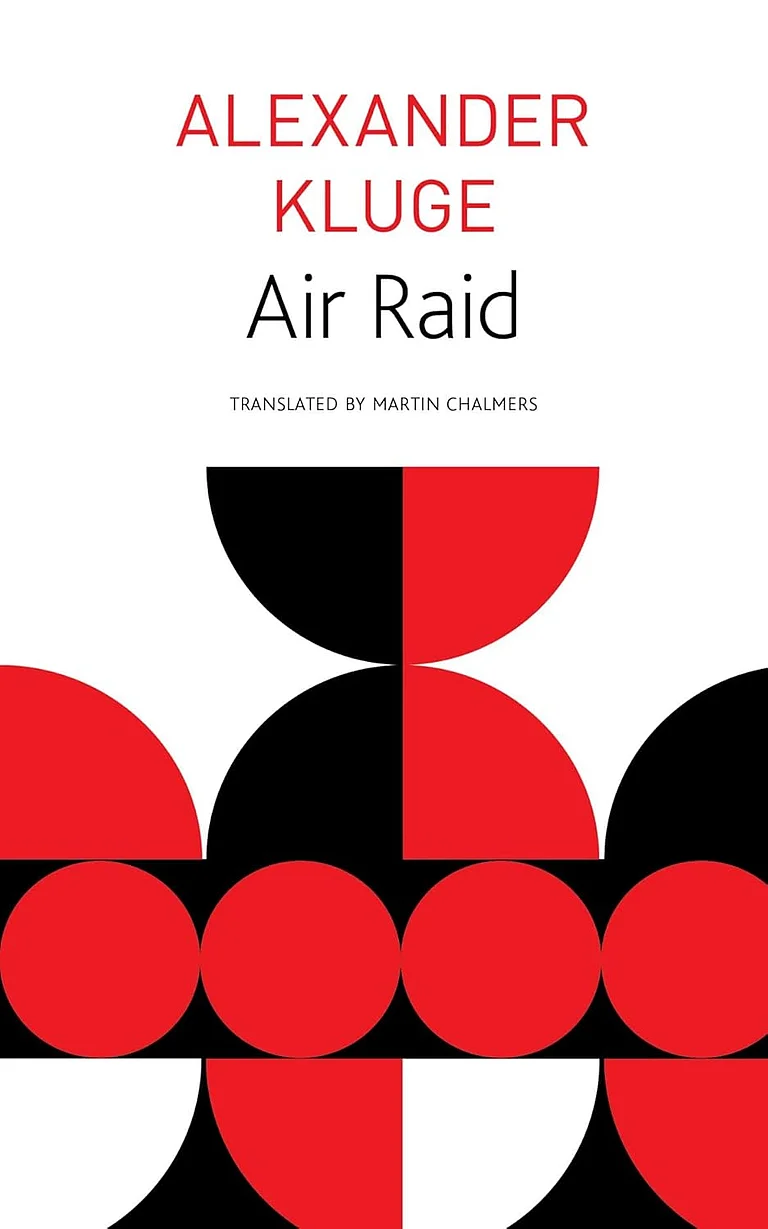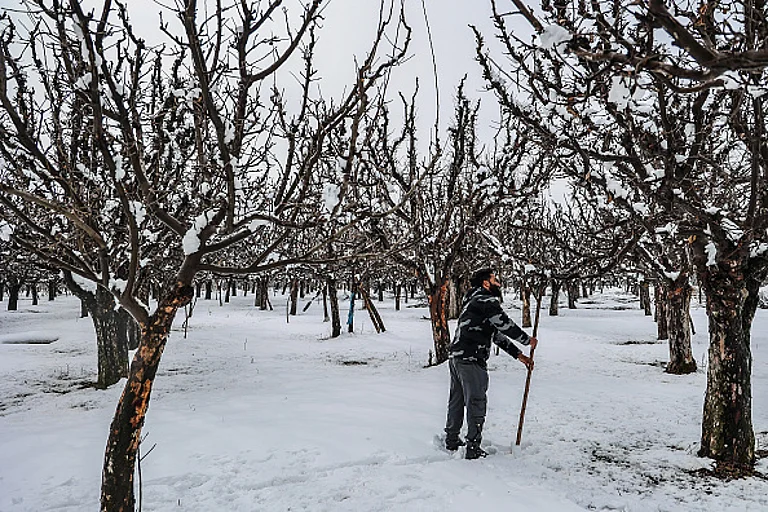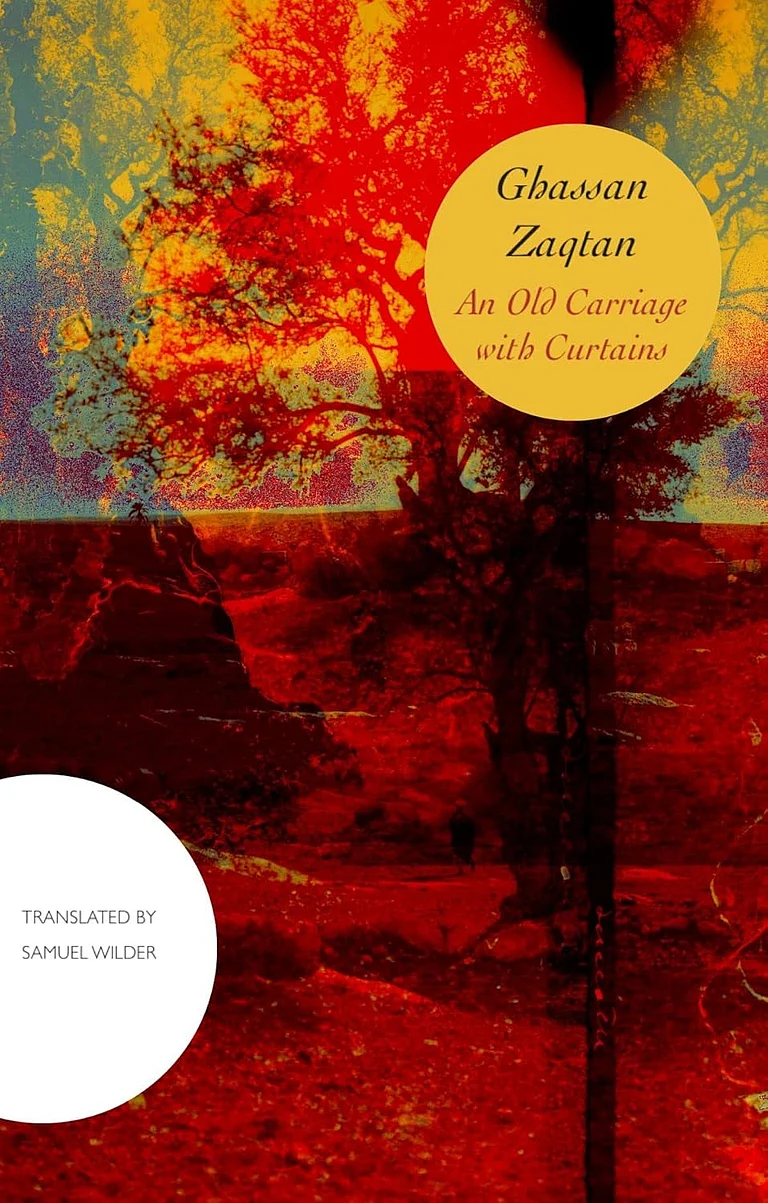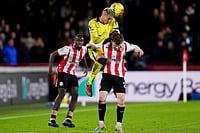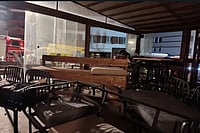"The LTTE has still much bite left in it as seen by the rapidity and deadlyeffectiveness with which it has hit back against the Sri Lankan Police, Army andNavy after each incident of reprisal killing by the Government in which theirhand is suspected ... After the spectacular assassination of Laxman Kadirgamar,the then Foreign Minister, last year, the LTTE has not been able to mount anyother spectacular strike in Colombo. Most of its post-November, 2005, terroriststrikes have been confined to the Northern and Eastern provinces. Is it due tooperational weaknesses on the ground in Colombo or due to fears of furtherturning international opinion against it by operating in Colombo? It would bedifficult to answer this question at present for want of adequate information onthis subject."
Extract from my article April 23 article,
TheWounded Tiger
The Liberation Tigers of Tamil Eelam (LTTE)demonstrated its unimpaired capability for planning and mounting aclandestine strike against even the key nerve centres of the government inColombo on April 25, 2006. A suspected woman suicide bomber, reportedly posing asa pregnant woman needing medical attention, managed to penetrate into a highsecurity area of the army and blew herself up as Lt.Gen. Sarath Fonseka, theCommander of the Sri Lankan Army, was reportedly leaving his office, which islocated in front of the army hospital. The Army chief suffered seriousabdominal injuries and is in hospital undergoing treatment. Eight people werekilled, including some of the bodyguards of the chief.
The LTTE has not claimed the responsibility for the attack. It is unlikely todo so since it never claims responsibility for its acts of terrorism. Only theLTTE could have carried out an operation of this type marked by preciseintelligence regarding the movements of the chief, an ability to penetrate evenhighly-guarded areas, precise planning and precise execution by ahighly-motivated lone suicide bomber.
The LTTE's targeting of Lt.Gen. Sarath Fonseka should not be a cause for surprise. Itis believed to suspect him to be the author of the covert action plan to keep itbleeding in the Eastern Province with the help of "Col" Karuna, alegendary commander of the LTTE from the Eastern Province, who raised the flagof revolt against Prabhakaran, the LTTE leader, in March, 2004, in protestagainst the alleged discrimination of Eastern Tamils by the organisation'snorthern leadership. Lt.Gen.Sarath Fonseka is an anti-LTTE hardliner, who enjoys theconfidence of President Mahinda Rajapakse, and has emerged as one of his keyadvisers.
The LTTE's attack on the Army Commander came four days after astatement (April 21) made by Lt.Gen.Sarath Fonseka in which he was quoted as saying:
"If the LTTE do not participate in peace talksand continue their provocative acts, the army will have no other option otherthan to retaliate. There is no connection,whatsoever, with the recent killings in North and East and the army. It is theLTTE who are doing these ruthless killings. These killings are mercilessly doneby the LTTE. The LTTE are forcing us for war. We will not allow this war tobegin. The people of Sri Lanka are longing for peace. We too are desirous of thesame."
There is no reason to believe that the LTTE attack on him was provoked bythis statement. He has been a marked man of the LTTE even earlier because of hissuspected role as the chief co-ordinator of the anti-LTTE covert actions in theNorthern and Eastern provinces. The attack on him was partly an act of reprisalterrorism and partly demonstration terrorism. Reprisal for the alleged killingsby the Army and Karuna's men of the supporters and sympathisers of the LTTE inthe Eastern Province and demonstration of the LTTE's continuing capability forprecision strikes even in Colombo. It was an attack against supposedly thehardest of the hard targets--the highly protected army headquarters--and nota soft target.
The government has tactically retaliated through artillery, air and navalstrikes on the LTTE positions in the Eastern Province for about five hours onthe evening of April 25. The artillery and air strikes were particularlyconcentrated on the Muttur East area of Tricomalee District. The government has so far avoided any retaliatory strike in the Northern Provinceand has projected even the strikes in the Trincomalee district as in retaliationfor a naval strike allegedly mounted by the LTTE coinciding with the attack inColombo. There is so far no credible evidence in support of the government claimthat the LTTE had made a naval strike in Trincomalee at the same time as theattempt to kill the Army Commander in Colombo.
The government has been projecting its retaliatory strikes as tactical innature, not amounting to a formal end of the cease-fire entered into with theLTTE in February, 2002, and a resumption of its war against the LTTE. Itremains to be seen how the LTTE reacts to the air strikes. De jure ceasefire andde facto fighting--that continues to be the ground situation.
A retaliatory attack by the LTTE is very likely and it may be in kind againstthe air and ground assets of the Sri Lankan Air force, including its personnel.The possibilities are of a ground strike against the internationalairport in Colombo similar to the one launched by the LTTE with devastatingeffect in July, 2001 or an air-mounted terrorist strike by the microlite aircraftallegedly procured by the LTTE and smuggled into the area controlled by it in2004. However, a factor inhibiting the use of its aircraft will be the fact thatthere will be no deniability of the LTTE's hand if it uses its aircraft.
B. Raman is Additional Secretary (retd), Cabinet Secretariat, Govt. of India,New Delhi, and, presently, Director, Institute For Topical Studies, Chennai.








